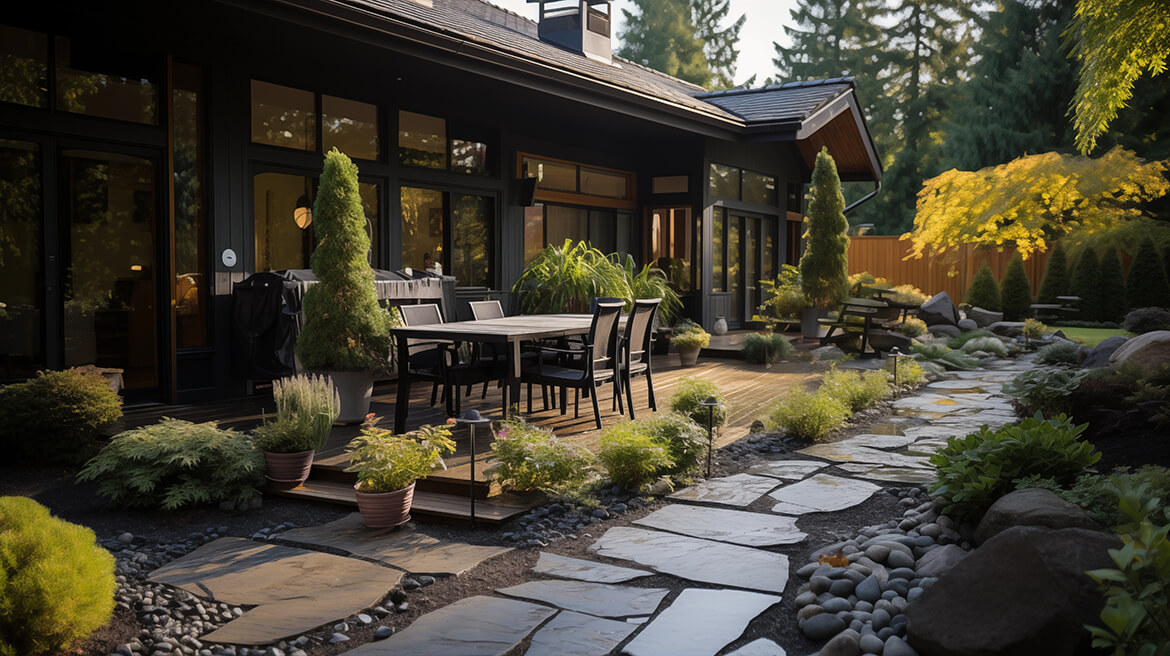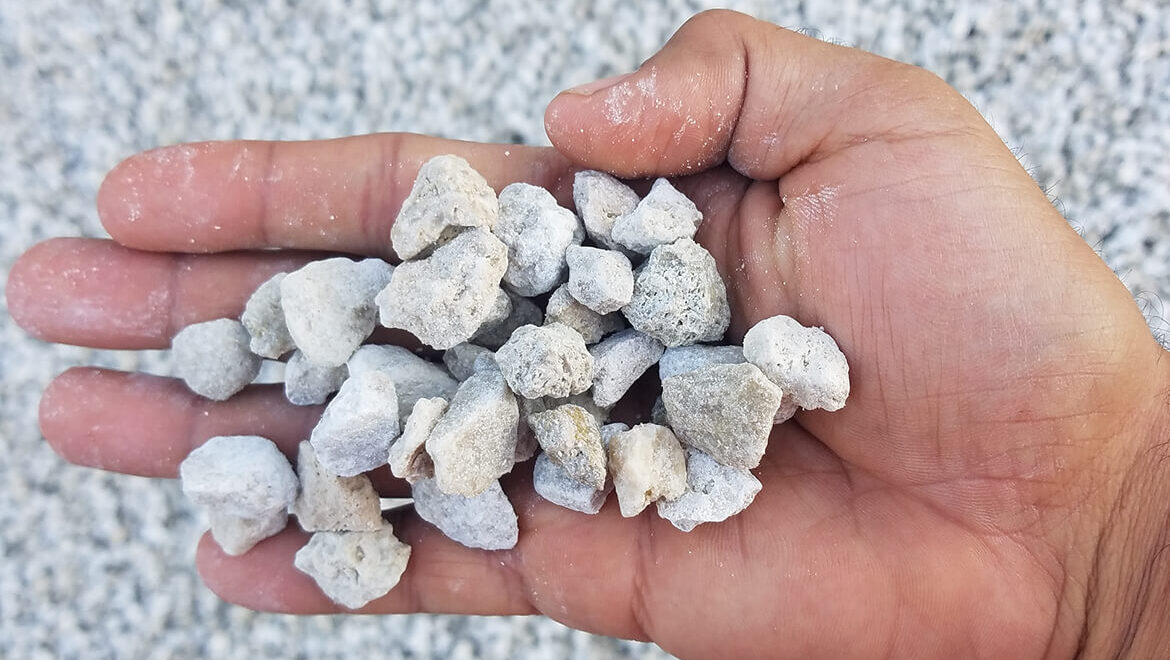Choosing the Perfect Rocks: A Guide to the Best Rocks for Landscaping
Choosing the best rocks for landscaping can truly transform your outdoor space. Rocks add texture, visual appeal, and a natural aesthetic that enhances your garden or yard. However, with so many options available, selecting the right type can feel overwhelming. This guide highlights the top landscaping rocks based on durability, color, and versatility—so you can make a confident, informed decision.
✅ Looking for the best rocks for your landscaping project? Browse our full selection of decorative landscaping rocks to find the perfect fit for your design
Best Rocks for Landscaping: Granite
Why Granite Is One of the Best Rocks for Landscaping
- Durability: Granite is extremely durable and stands up well to weather changes. It’s a top choice for high-traffic areas like walkways and patios.
- Aesthetic Appeal: This rock features a speckled appearance and comes in colors such as gray, pink, and black. It adds a timeless and sophisticated look to any space.
Limestone for Landscaping Projects
Benefits of Using Limestone in Your Landscape Design
- Versatility: Limestone works well in many areas of a landscape. You can use it for garden walls, pathways, or as decorative accents. Its shades range from creamy beige to warm earth tones.
- Smooth Texture: Its smooth surface gives landscapes a clean, contemporary feel—perfect for modern garden designs.
Sandstone: A Top Landscaping Rock Choice
Color and Texture of Sandstone for Landscaping
- Color Options: Sandstone offers a wide range of colors, including soft grays, earthy browns, and bold reds or yellows. This variety allows for more creative freedom.
- Natural Look: Its textured surface brings character to garden borders and retaining walls, blending beautifully with nature.
River Rock: One of the Best Decorative Rocks for Landscaping
Why River Rock Is Great for Gardens and Pathways
- Smoothness: River rocks are naturally smooth and rounded. They are ideal for decorative areas around water features, walkways, or as ground cover.
- Color Variety: Available in multiple sizes and tones, river rocks complement many landscaping styles—from tropical to minimalist.
Basalt: A Bold Landscaping Rock
Basalt’s Unique Features for Landscaping Projects
- Bold Appearance: Basalt is a dark volcanic rock that makes a bold statement. Its deep gray or black hues stand out in modern designs.
- Unique Structure: Some types of basalt form natural columns, adding height and texture to your landscaping.
Slate for Garden and Pathway Landscaping
Choosing Slate as One of the Best Rocks for Landscaping
- Flat and Sturdy: Slate is ideal for stepping stones or paths due to its flat surface. It holds up well to foot traffic.
- Color Variety: From deep blue to mossy green and rich brown, slate brings subtle color and contrast to your design.
Conclusion: How to Choose the Best Rocks for Landscaping
When selecting the best rocks for landscaping, think about your climate, design goals, and where the rocks will be used. Each rock type offers its own benefits—granite for durability, limestone for versatility, river rock for charm, and basalt for boldness. With the right choice, your landscape won’t just look great—it will last. Take your time to explore and experiment. You’re sure to find the perfect fit for your outdoor project.





